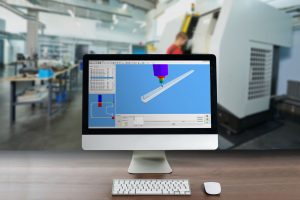The value of your Soft Tech V6 estimation software revolves entirely around the database in which all information about every product you make is contained. Soft Tech V6 works so well because it puts this information to use in a useful way: it makes design, estimation and manufacturing easy. Now, with the Automation and Scheduling modules, there are additional ways to put that information to use, further boosting the efficiency of your operations.
These two modules are external to V6 but draw on the same data contained in V6’s database. The Automation module is designed for CNC connectivity, while the Scheduling module is our labor management program.


Automation (the concept, not the module) is central to the CNC value proposition because the idea is you give the machine precise instructions, and it does the rest. The trick, of course, is being sure that those instructions are indeed precise.
There’s an old expression in the software world that ‘Garbage in equals garbage out’. What that means for a CNC machine is that if given the wrong instruction, the machine still does exactly what you asked of it. If the holes are specified in the wrong place, in the wrong place they will go.
This is one of the key advantages of the Automation module. Directly integrated with the V6 database, there is little to no programming the CNC machine; you just pull the parts you need from V6; it’s automatically translated to machine language and input directly into the CNC. Out comes the right part (with the holes where they ought to be) first time and every time.
With the growing popularity of CNC, adding the Automation module is increasingly a no-brainer. After initial setup it virtually eliminates errors from your CNC division, while delivering practical ‘straight through processing’ from V6 right down to the CNC machine. That also means you don’t need a CNC programmer on the factory floor, because the smart stuff is already in the V6 database.


The Scheduling module uses the labor information contained within the V6 database and works with the factory layout and workers to determine capacity and best start dates, to deliver products on time.
When it comes to estimating costs, just about everything BUT labor is a fixed value: the extrusions, hardware, glass, machine time, and so on. The Scheduling module can allow workers to record time spent on items throughout the factory, via its Android tablet application. This time tracking information can then be used to verify the labor rates within V6 to accurately meet what is happening on the floor, allowing V6 to be adjusted to improve efficiencies on your factory floor. That way, you quote more accurately, and you have a precise understanding of the cost of every finished item. The end result is that managing margin and profitability is just as precise as the outputs from the Automation module driving your CNC machines.
As mentioned for the Automation module, setting up Scheduling takes a day or two (every factory is different). Scheduling involves configuration which maps to your layout and labor force, but once established, it’s good to go (until you change the factory layout or workforce).
Both modules are about making better use of the information you already have, with a single source of truth against which more of your operations are managed. This has proven to mean less errors and wastages and an increase in factory efficiencies. It does take an investment in time and money, but Automation and Scheduling delivers fantastic control and insight into your factory floor.
Keen to learn more? Do get in touch; I’d be happy to discuss and demonstrate how Automation and Scheduling can add value in your operations.

